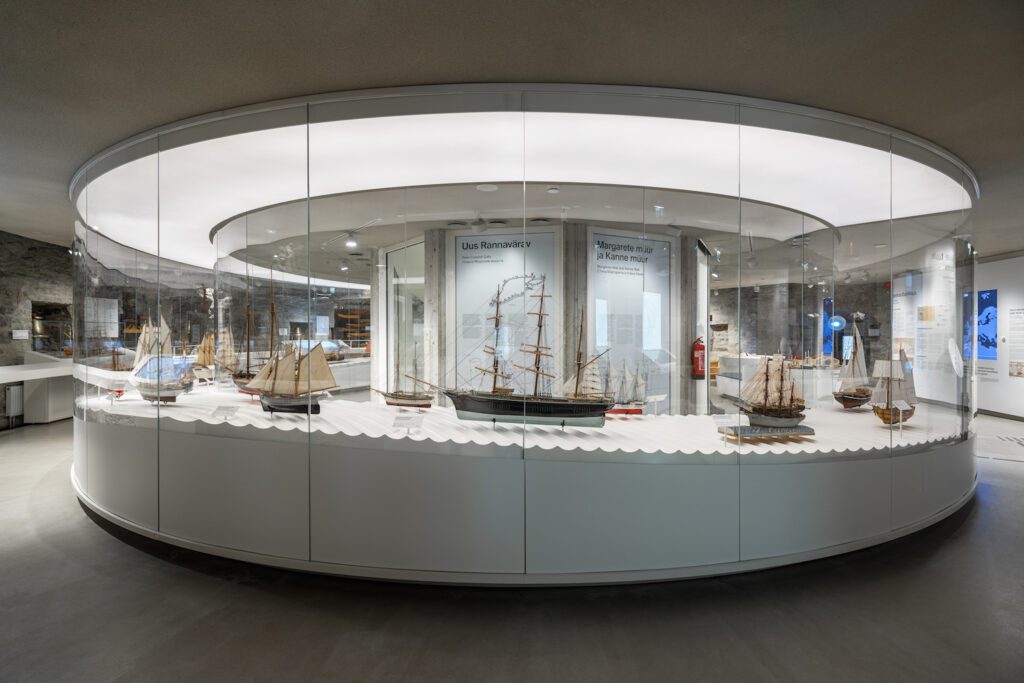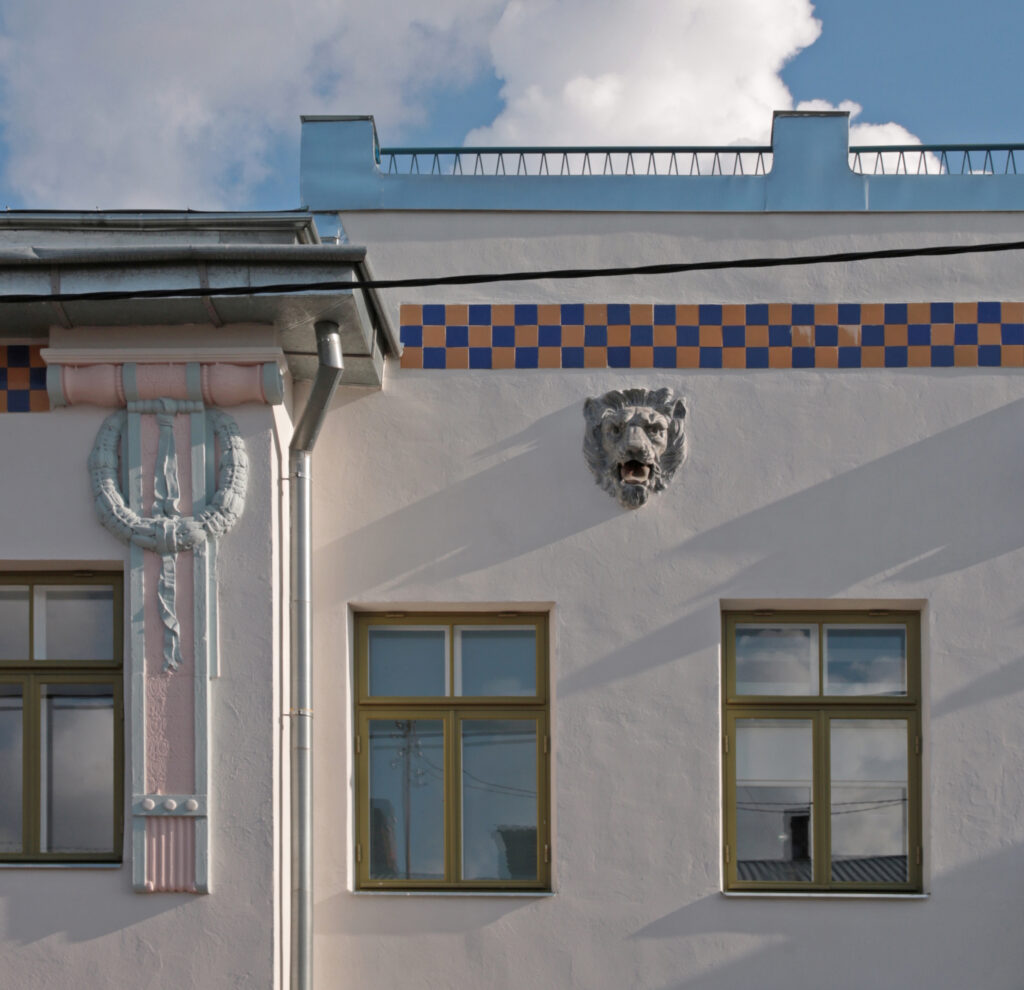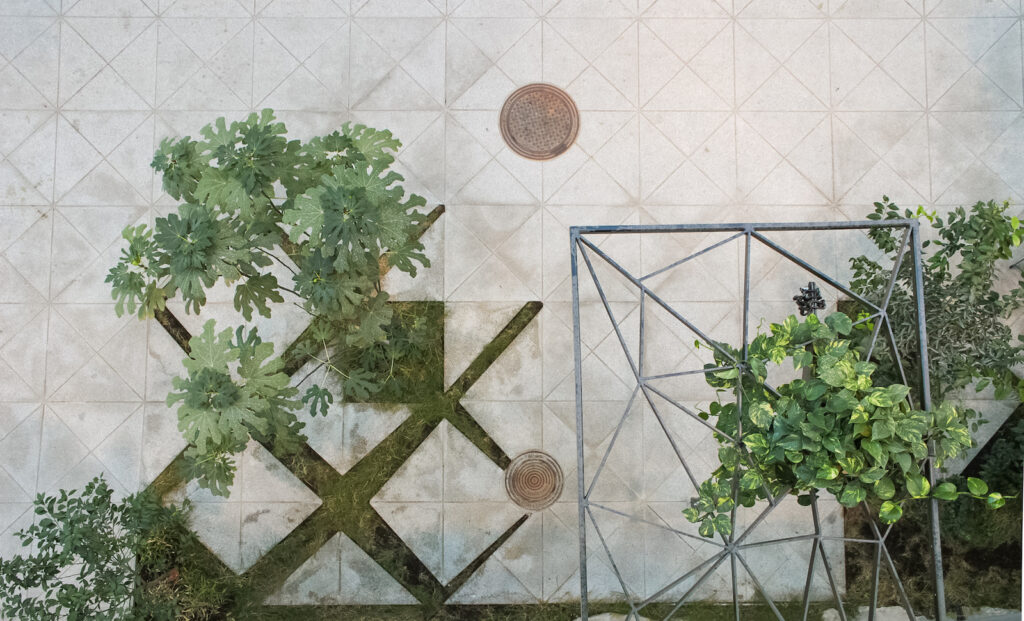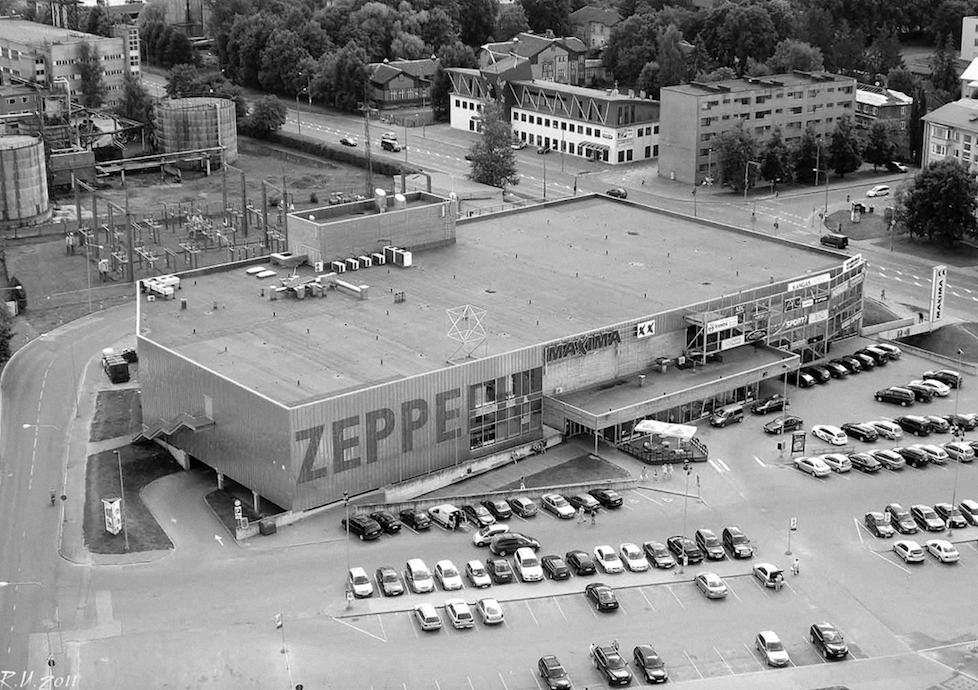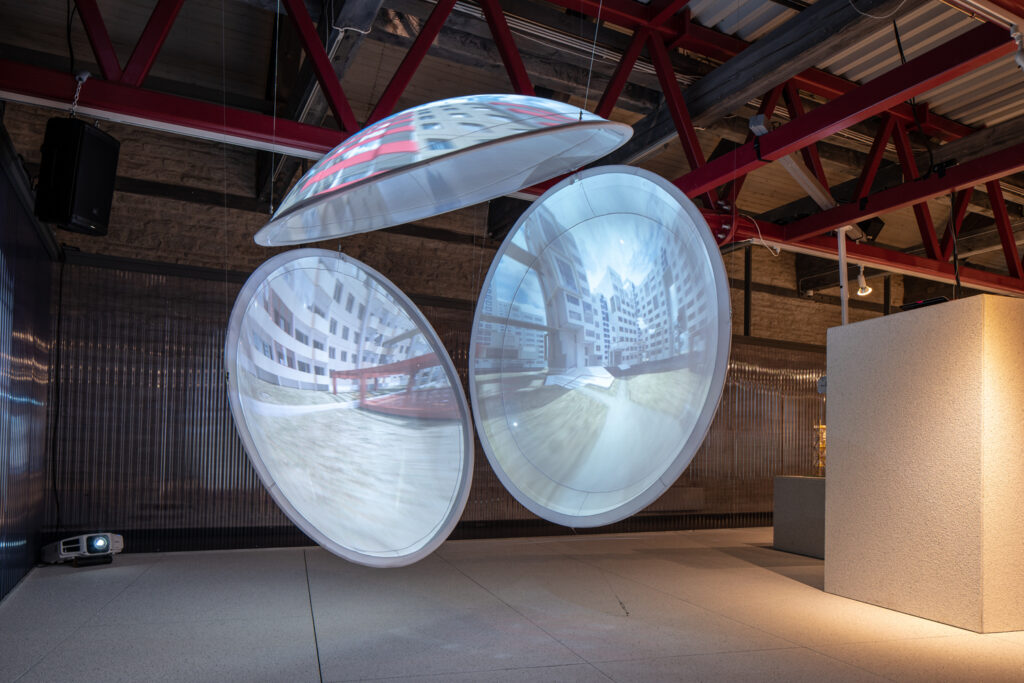Could a space be experienced before its completion? The authors of the interior architecture of Fat Margaret museum discuss how they used photogrammetry and virtual reality technology in the design process and how it facilitated the communication between the various project partners.
This issue of Maja is dedicated to the 30th anniversary of the Estonian Association of Interior Architects.
When it comes to housing policy, we talk about something very dear to all of us—our homes. Now is a good time to review what we have already accomplished, and to detect the main shortcomings and obstacles but also the missed opportunities in developing the housing sector. The topic is discussed by the Head of Housing Policy of the Ministry of Climate Veronika Valk-Siska.
What is surprising and innovative about Fahle Park Gallery Street compared to earlier reconstructions of industrial architecture?
It is no news to architects and real estate developers that the design of a new spatial environment usually begins with parking spaces as if it was the fundamental value. More and more practitioners, however, complain about the outdated mindset related to parking norms and the need for a new approach allowing to implement more sustainable decisions. Tartu city architect and the head of the spatial design department Tõnis Arjus discusses the city’s new ambitious online app considering the parking spaces according to the actual need.
Spatial design of a city is not a project with a clear beginning and end, but a continuous process, and a wickedly slow one at that.
The group exhibition, The Houses We Need at Estonian Museum of Architecture (11.06-21.11.2021) showcases 16 commissioned designs for houses ‘with the aim of ensuring a more beautiful, secure and peaceful future on planet Earth’.
Mida rohkem kahaneb ühistranspordi kasutajate arv, seda vähemaks jääb liine ja väljumisi ning seda raskem on konkureerida personaalsete liikuvusteenustega. Kuidas murda seda nõiaringi, mõeldes kliimakriisile?
How can human well-being and cognitive processes benefit from evidence-based design? We discuss it on the example of teaching and research facility in the Delta Centre of Tartu University and the creative house Vita of Tallinn University.
No more posts
ARCHITECTURE AWARDS


